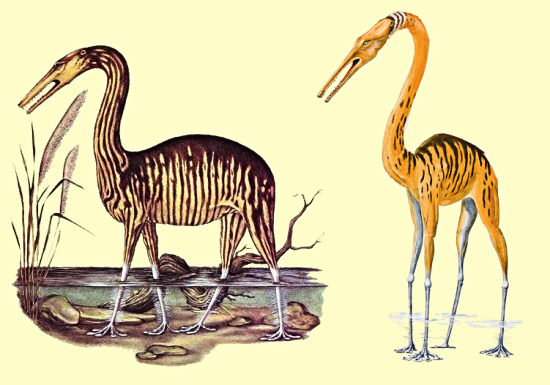Named for their resemblance to human penises, priapulids (or “penis worms”) are marine scalidophoran worms that live on or in muddy seafloor sediment, with some species having a surprisingly high tolerance for oxygen-poor environments and toxic levels of hydrogen sulfide. Despite being a rather low-diversity phylum with only around 20 living species, they’re widespread and sometimes very numerous, with over 80 adult individuals per square meter (~10ft²) recorded in some locations.
The earliest definite modern-style priapulid in the fossil record comes from the late Carboniferous (~308 million years ago), but their ancestry was probably somewhere in the early Cambrian among the taxonomic mess of palaeoscoloecids and archaeopriapulids.
Continue reading “Cambrian Explosion #34: Phylum Priapulida”
